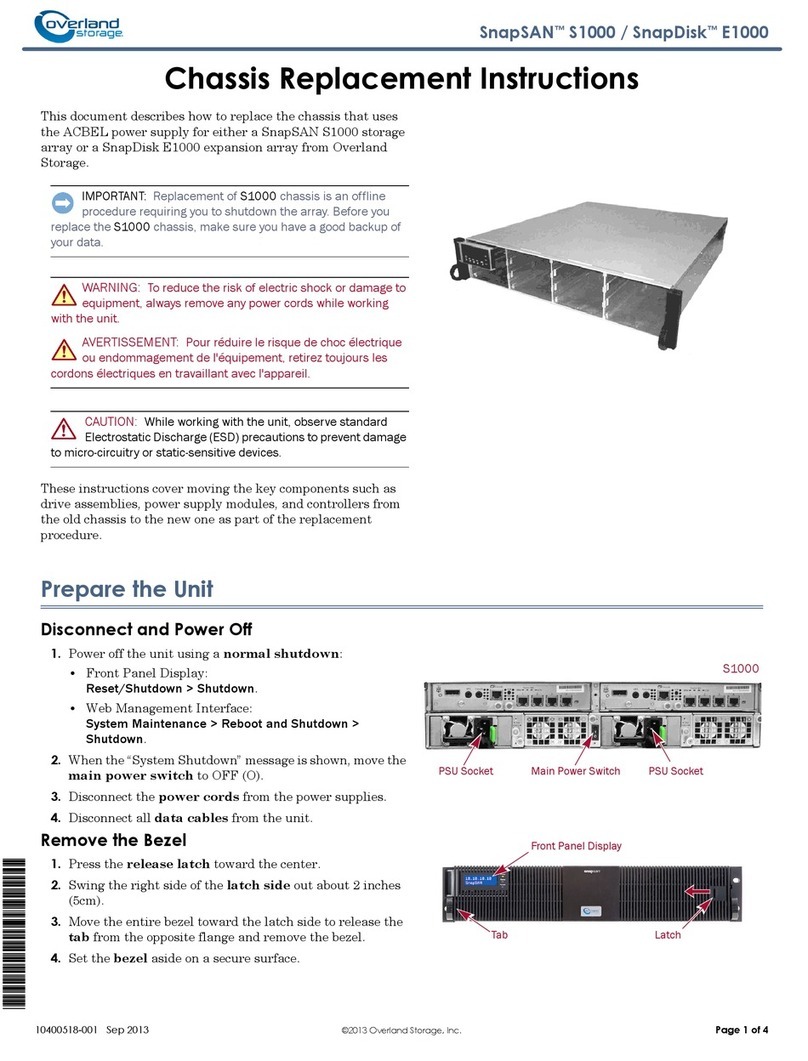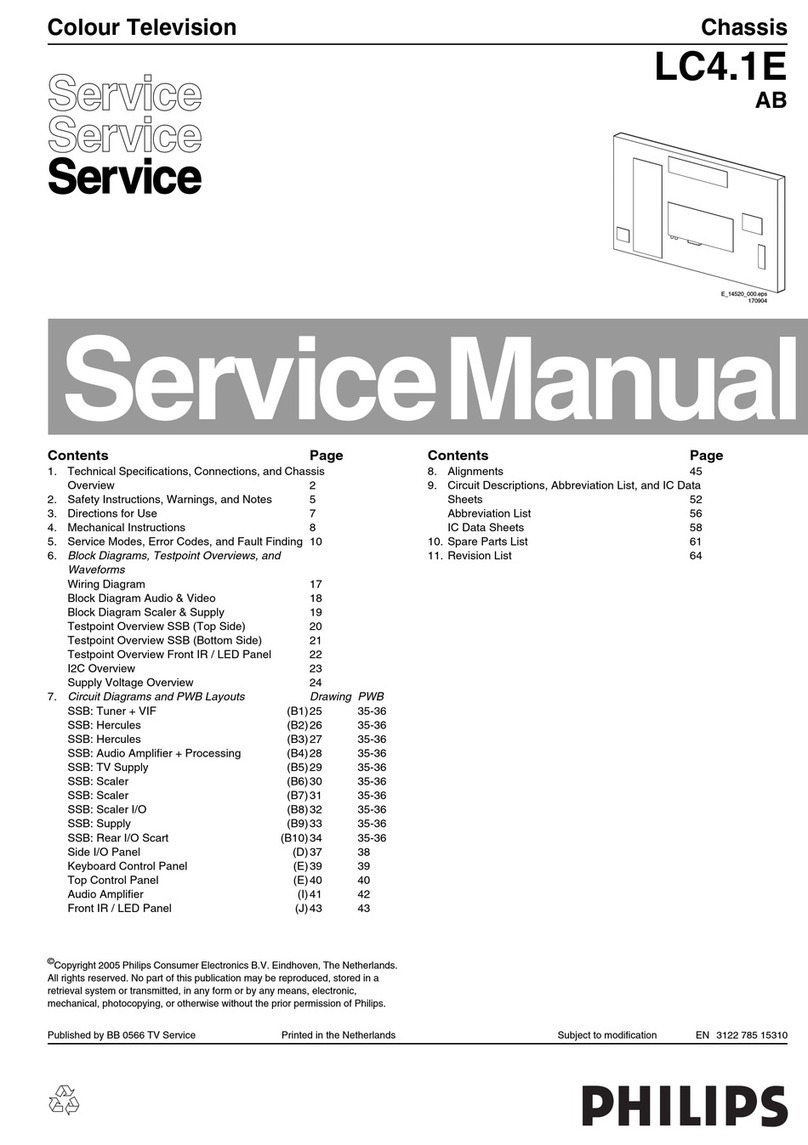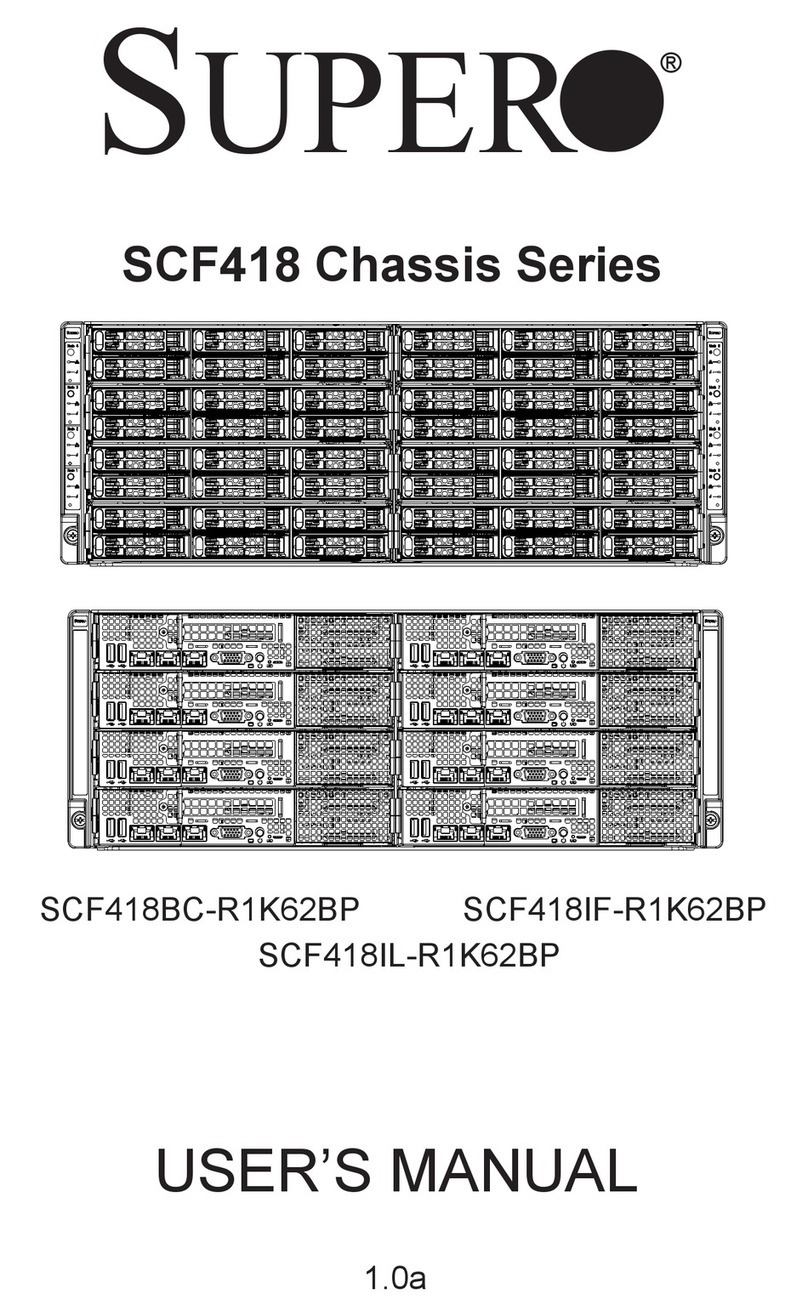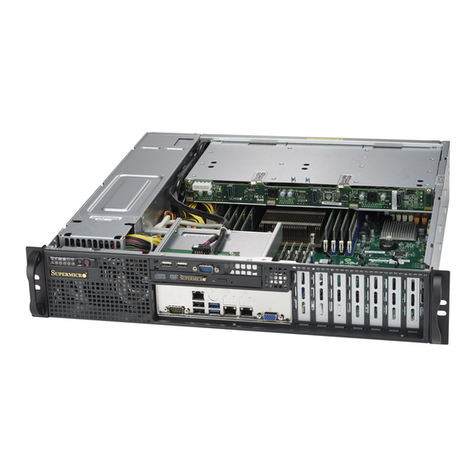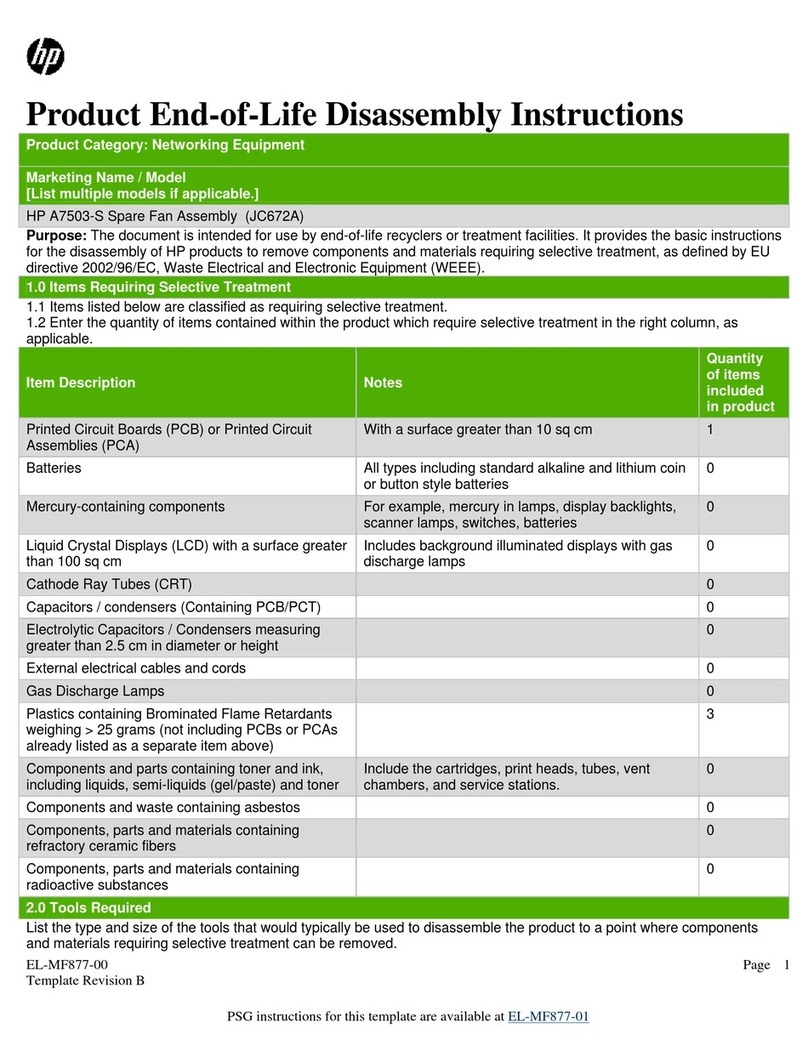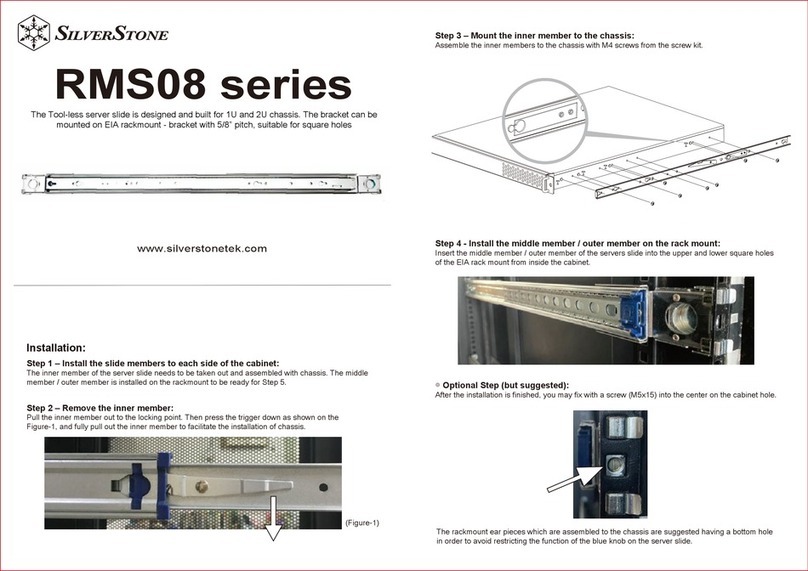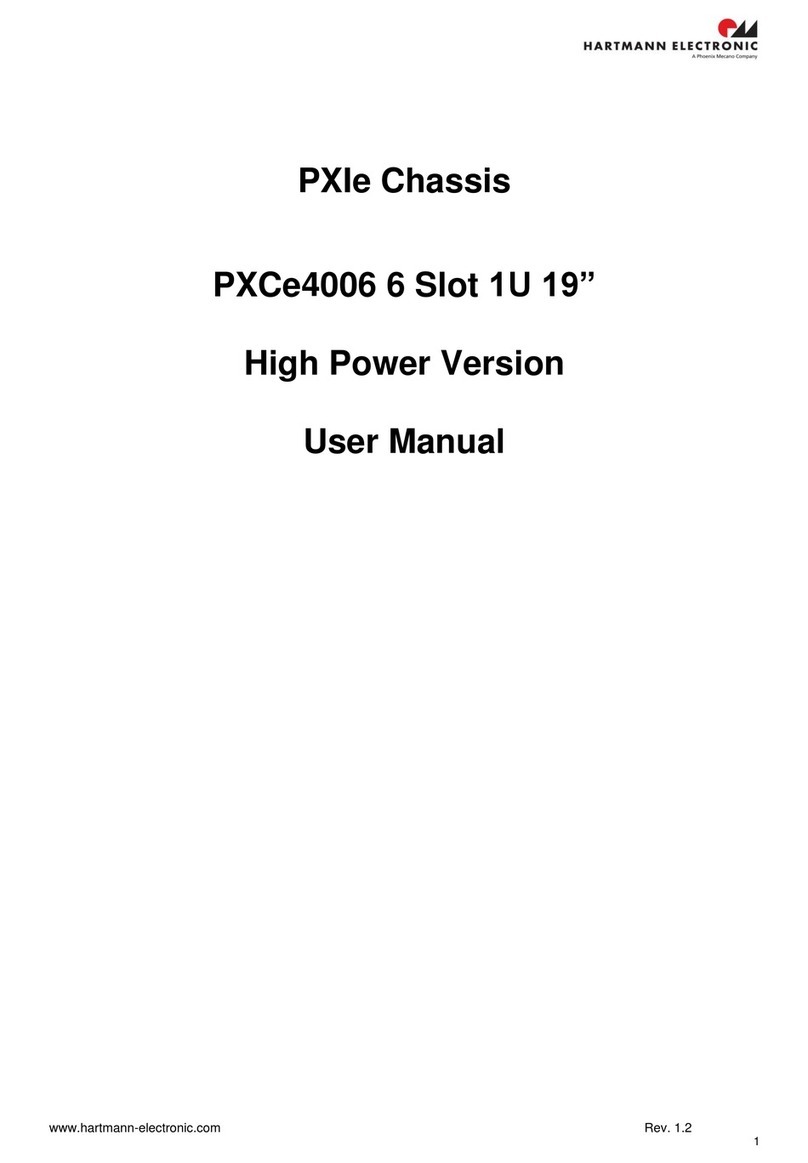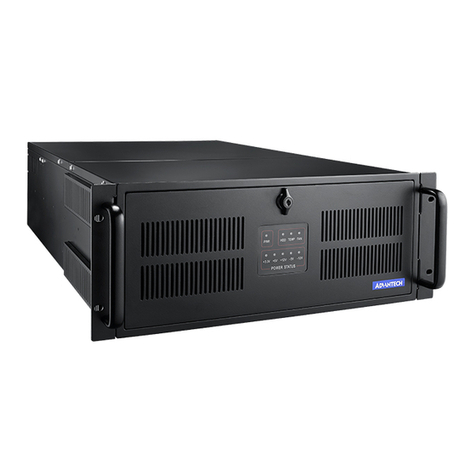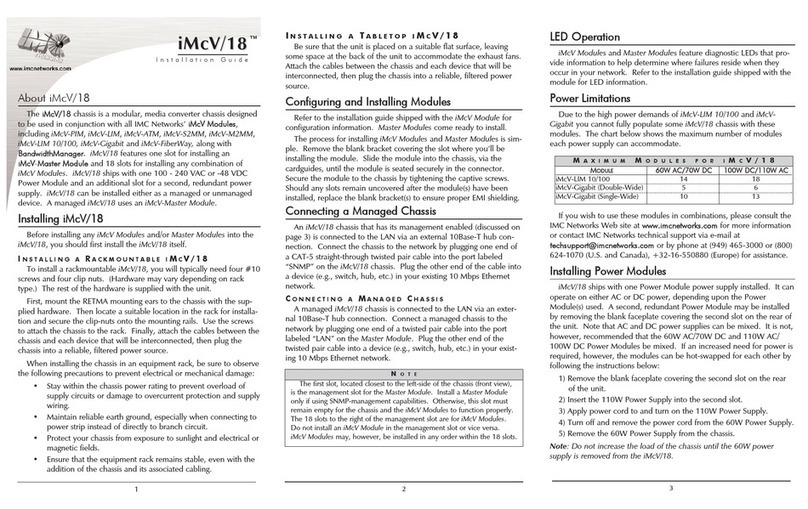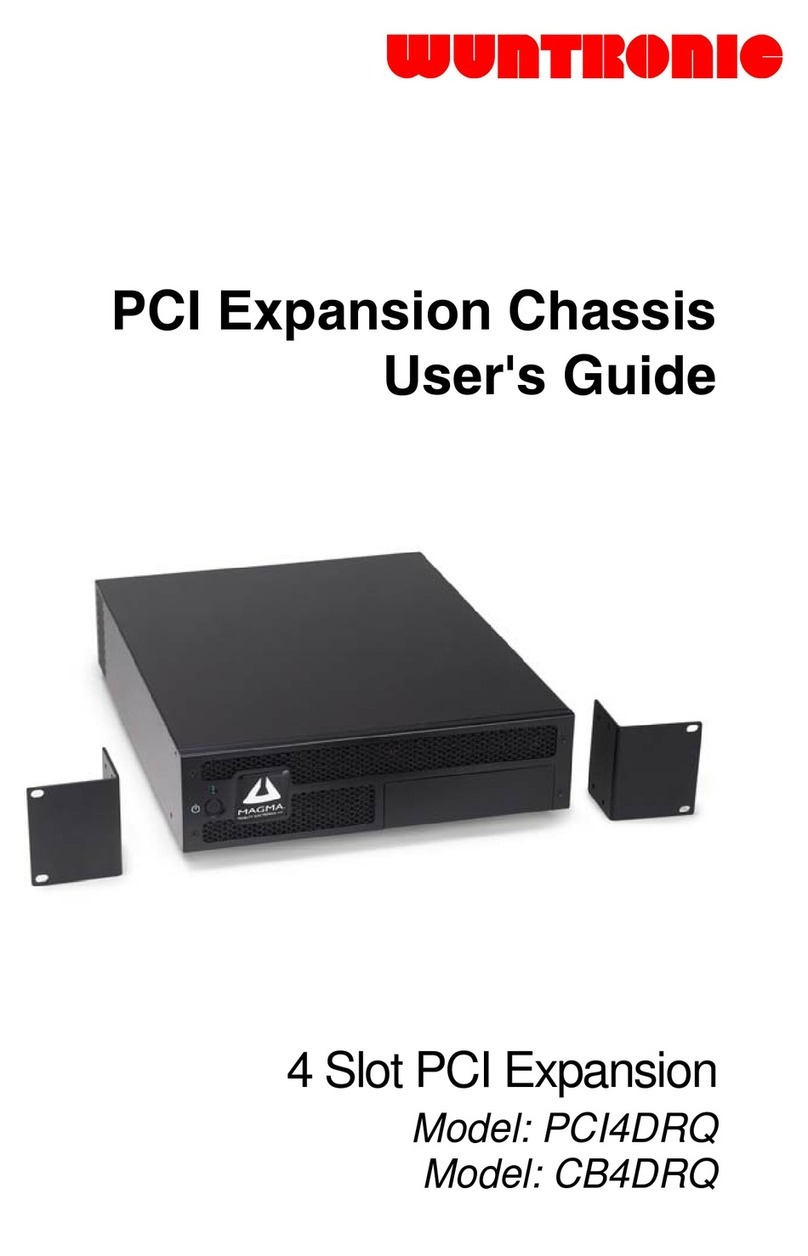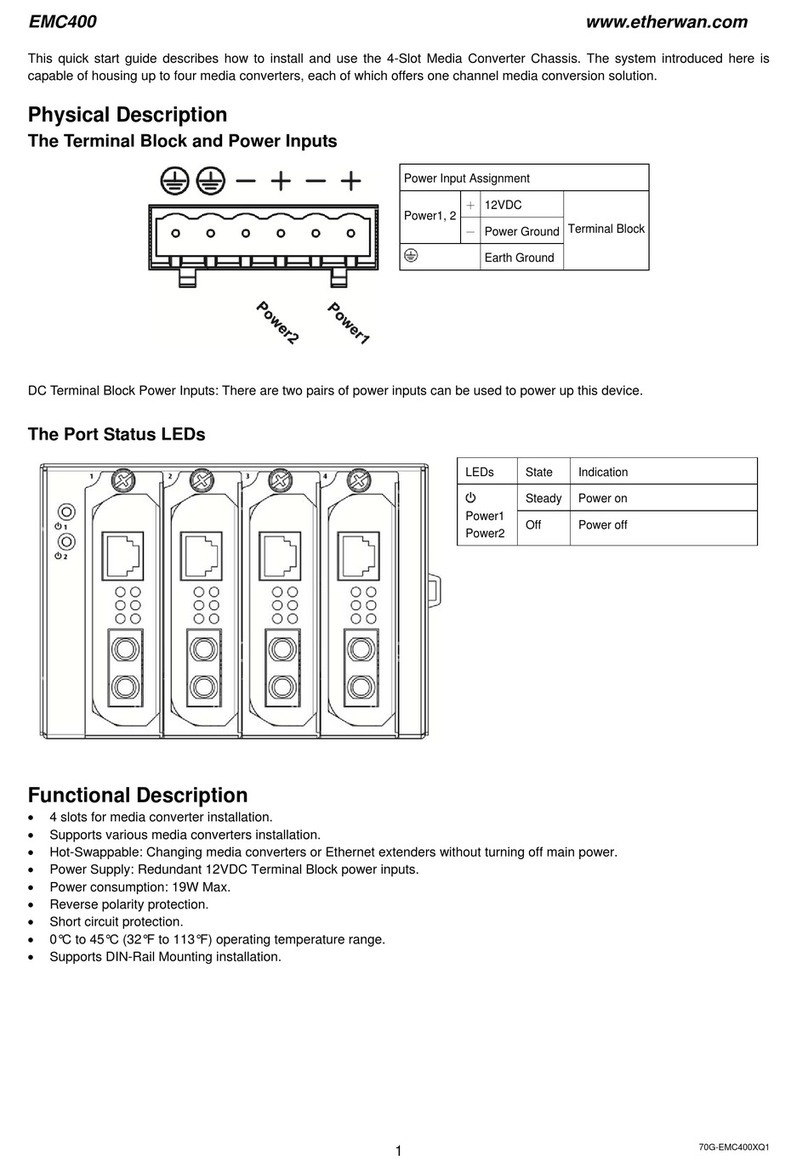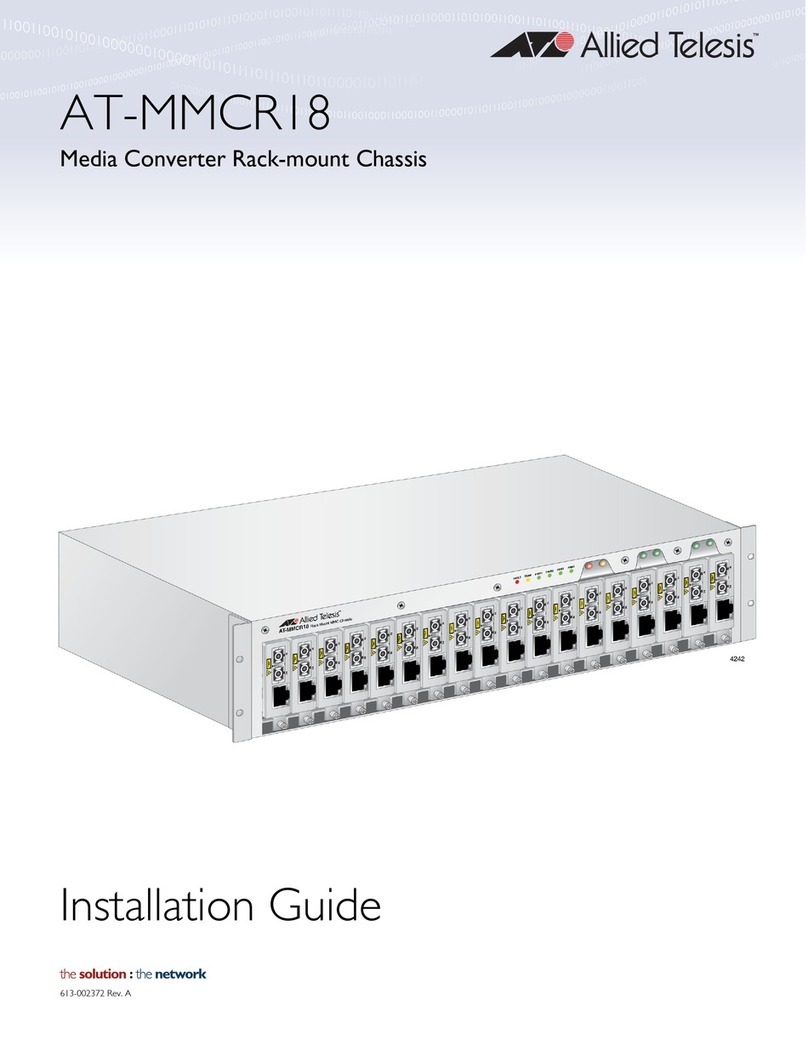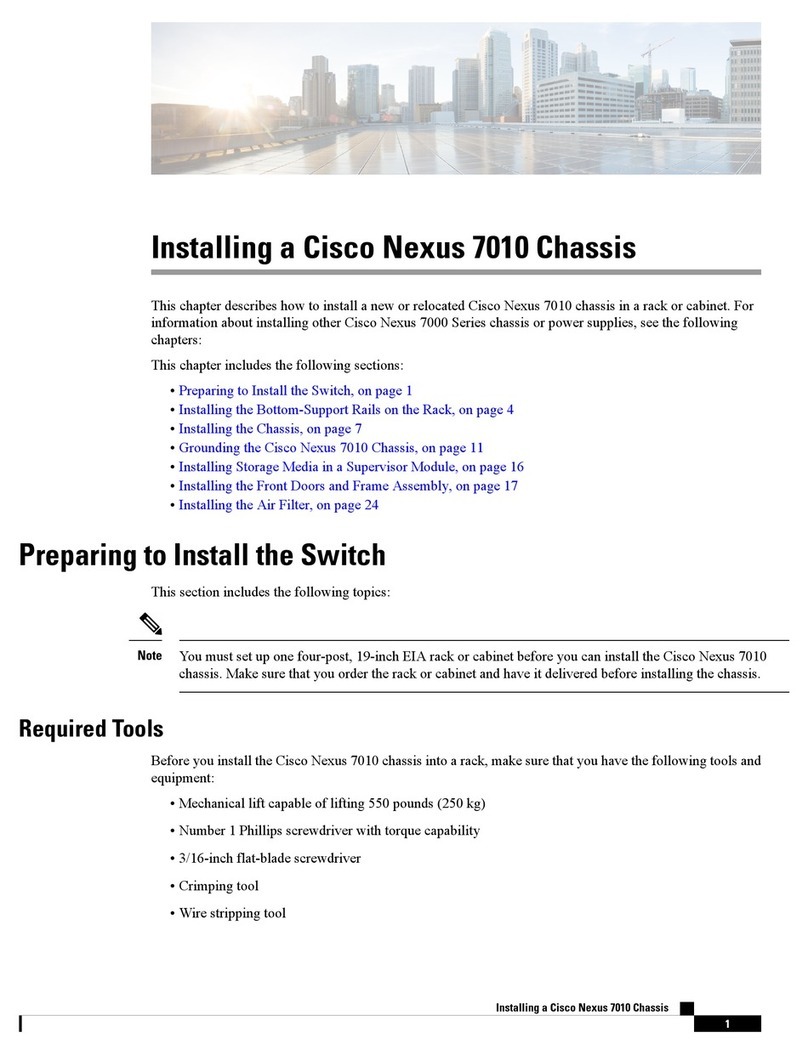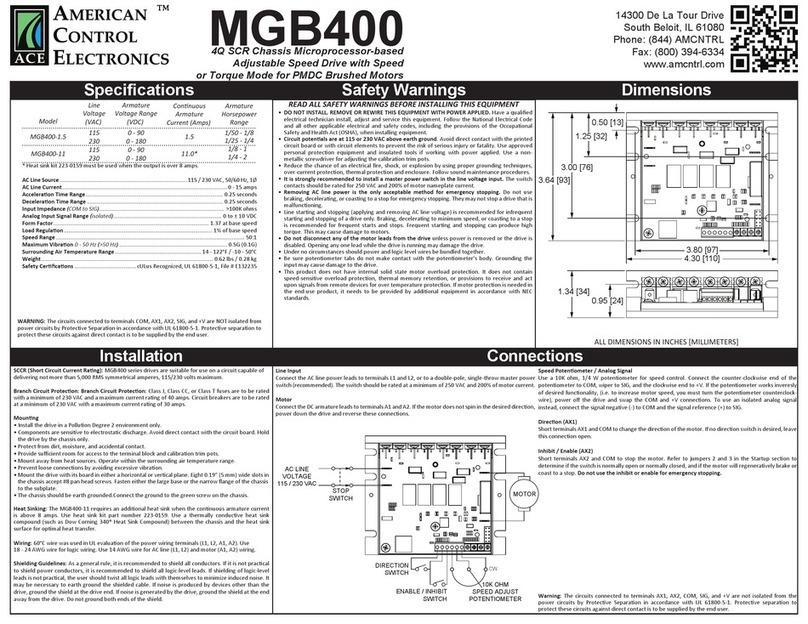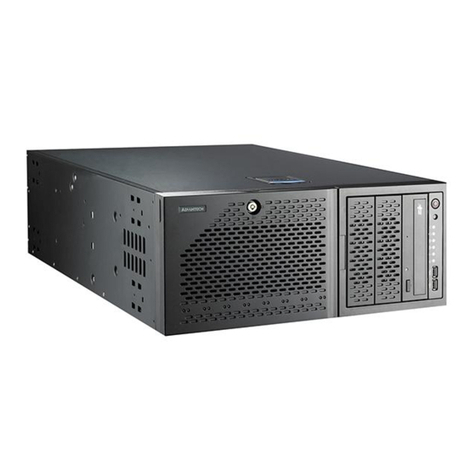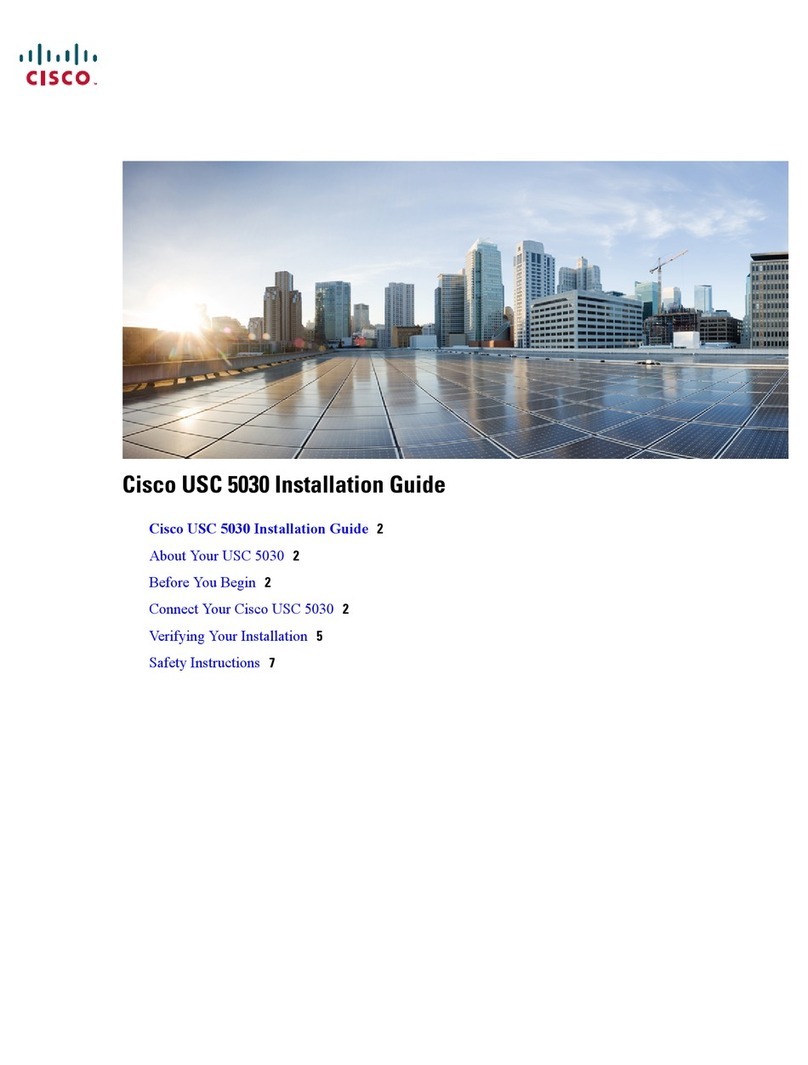
Contents
H172203_1_001 v
9 SCB20 ...............................................................................................................................................71
9.1 Introduction .......................................................................................................................71
9.2 Technical Data ..................................................................................................................71
9.3 Configurations...................................................................................................................72
9.3.1 BOSS1 Configuration........................................................................................................72
9.3.2 Configuration for BOSS2, 3 and WB.................................................................................73
9.4 System Architecture/Overview..........................................................................................73
9.4.1 Protection..........................................................................................................................74
9.4.2 Measurements Provided for Diagnostic ............................................................................74
9.4.3 Front Panel - Connectors and LED‘s ................................................................................75
9.5 Service Software...............................................................................................................76
9.5.1 Shim Service Web ............................................................................................................76
9.5.2 Setup the Shim Functions.................................................................................................77
9.5.3 View and Modify the Shims...............................................................................................78
9.5.4 Part Numbers....................................................................................................................79
9.5.5 Diagnostic and Troubleshooting .......................................................................................79
9.5.6 No BOSS File for Currently Installed Shim System? ........................................................80
10 GAB/2 ................................................................................................................................................83
10.1 Introduction .......................................................................................................................83
10.2 Technical Data ..................................................................................................................83
10.3 Configurations...................................................................................................................84
10.4 Preemphasis .....................................................................................................................86
10.5 System Architecture/Overview..........................................................................................86
10.5.1 Protection..........................................................................................................................87
10.5.2 Status LED‘s on the Front Panel.......................................................................................87
10.5.3 Measurements Provided for Diagnostic ............................................................................88
10.5.4 GAB/2 Control State Machine...........................................................................................88
10.5.5 Front Panel - Connectors..................................................................................................89
10.6 Web Interface....................................................................................................................89
10.6.1 GAB/2 Service Web ..........................................................................................................89
10.6.2 Offset Re-Calibration in the Field......................................................................................90
10.6.3 Preemphasis Setting by Service Web...............................................................................91
10.6.4 Part Numbers....................................................................................................................91
10.6.5 Troubleshooting ................................................................................................................92
11 L-TRX/L-19F ......................................................................................................................................95
11.1 Introduction .......................................................................................................................95
11.2 System Architecture / Overview........................................................................................95
11.2.1 Function Description .........................................................................................................97
11.2.2 Protection..........................................................................................................................98
11.2.3 Internal Diagnostics ..........................................................................................................98
11.2.4 Technical Data BSMS/2 Lock Transceiver .......................................................................99
11.2.5 Technical Data BSMS/2 19F Lock Transceiver ..............................................................100
11.2.6 2H Lock with L-TRX Internal Power Amplifier.................................................................101
11.2.7 2H Lock with Additional, External 2H Power Amplifier....................................................101
11.2.8 19F Lock with external 2H Power Amplifier ....................................................................102
11.3 AVANCE NEO OneBay/TwoBay Configurations ............................................................103
